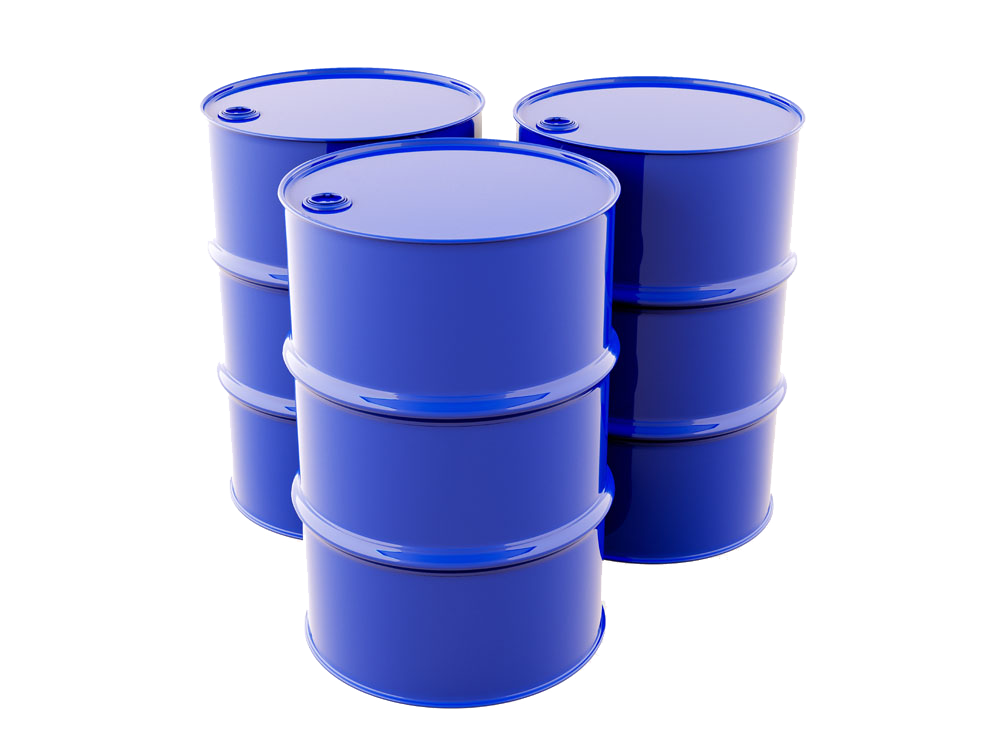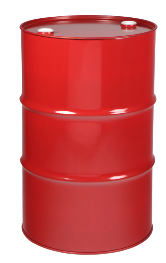Polyurethane (/ˌpɒliˈjʊərəˌθeɪn, -jʊəˈrɛθeɪn/; often abbreviated PUR and PU) refers to a class of polymers composed of organic units joined by carbamate (urethane) links. In contrast to other common polymers such as polyethylene and polystyrene, polyurethane is produced from a wide range of starting materials. This chemical variety produces polyurethanes with different chemical structures leading to many different applications. These include rigid and flexible foams, varnishes and coatings, adhesives, electrical potting compounds, and fibers such as spandex and polyurethane laminate (PUL). Foams are the largest application accounting for 67% of all polyurethane produced in 2016.
A polyurethane is typically produced by reacting an isocyanate with a polyol. Since a polyurethane contains two types of monomers, which polymerize one after the other, they are classed as alternating copolymers. Both the isocyanates and polyols used to make a polyurethane contain two or more functional groups per molecule
Polyurethane is an extremely versatile elastomer used in countless applications worldwide. Polyurethane’s mechanical properties can be isolated and manipulated through creative chemistry which creates a number of unique opportunities to solve problems with performance characteristics unequaled in any other material. Our understanding of how to seize these opportunities allows Precision Urethane to provide “Flexible Solutions Through Polymeric Innovation.”

